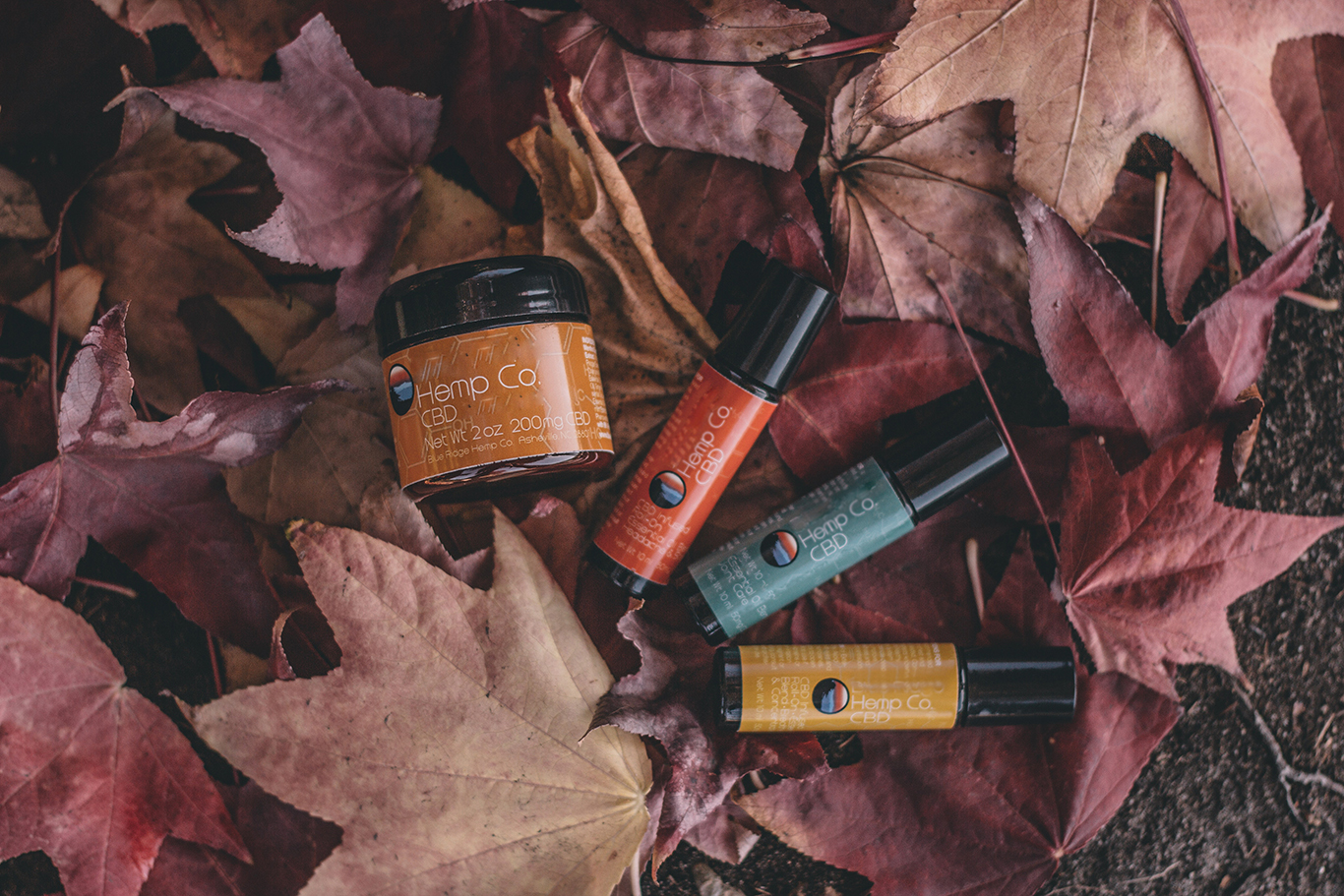The Buzz About CBD

Cannabidiol, better known as CBD, has become a growing trend in holistic health practices. While it continues to provoke skepticism due to a close association with its better-known cousin, THC (tetrahydrocannabinol), it has recently come to hold its own in the world of homeopathic medicine.
According to CP CBD, LLC, a cannaceutical distributing company based in Austin, CBD promises a range of benefits from improving mood and overall wellness to reducing pain in patients who suffer from rheumatoid arthritis, fibromyalgia and other inflammatory conditions.
“Almost all conditions can be [linked] to inflammation of something,” Dr. Anne Sharkey, the founder of CP CBD, says. “By taking CBD products, your body is going to restore homeostasis, which is why the inflammation goes down and the pain improves.”
Its growing integration into reputable medical offices, such as Sharkey’s, have been invaluable to those who are looking for viable alternatives to typical prescription medication.
“The patients that I see have the most remarkable change are already on a lot of medications to control the pain…but they may need something else to just function in everyday life,” Sharkey says. “It’s been most exciting to see those patients who are in chronic pain and what a difference it makes in their life.”
But many people are still wondering how it really works. And, if it is the miracle oil that Kristen Bell and Whoopi Goldberg are claiming it to be, why haven’t we been using it for the past 100 years?
The answer to both of those questions lies within the hemp plant from which hemp oil, or CBD oil, is derived.
According to an article published by Project CBD, pure hemp oil is extracted from a strain of non-remedial, industrial hemp (hemp with less than 0.3 percent of THC).
The stigma against hemp began during the Hoover administration in the early 20th century. A campaign against hemp took hold of the mainstream media, with popular films like “Reefer Madness” and “Marihuana: Assassin of Youth” provoked hysteria from the masses. However, the panic was appeased with the passage of the Marihuana Tax Act of 1937, which outlawed all hemp.
Little to no research was further conducted on the plant, which, according to cbdsky.com, contains over 400 variant cannabinoids other than THC. It was not until passage of the 2018 Farm Bill that industrial hemp was federally legalized, and, slowly, CBD has come out from the shadow cast by THC.
After that, it’s hard to pinpoint the exact moment hemp oil jumped into the mainstream. Was it when Willie Nelson released his line of CBD-infused coffee beans? Or when Dr. Sanjay Gupta, the chief medical correspondent for CNN, told Dr. Oz that the positive effects of CBD are backed by hard science? Either way, both events turned heads, and the FDA’s recent approval of Epidiolex, a CBD drug that can be prescribed for epilepsy, has caught the attention of early adopters and skeptics alike. But, unless you’re conducting research in a lab or binge reading Medical News Today, it can be very confusing to really understand how CBD works in the body.
In a report published by the National Center for Biotechnology Information, the human body contains a complex system called the endocannabinoid system, or ECS. The network of endocannabinoids and cannabinoid receptors is closely linked to the central nervous system and our peripheral organs. CBD targets a specific neurotransmitter within the ECS called CB1. CB1 is one of the most abundant neurotransmitters in the body and is found densely packed around major brain regions that control emotional response, motor skills, decision making and homeostasis.
“When you ingest a CBD product, your endocannabinoid system is activated, and you’re not actually using the CBD that you ingest, but [it causes] your receptors to uptake more of your own endogenous material,” Sharkey says. “That, in turn, activates the hypothalamus and pituitary gland to release serotonin…and [this] helps to restore homeostasis throughout the body.”
Unlike other stimulants, CBD is not psychoactive. This means that ingestion of hemp oil will not produce the “high” feeling commonly associated with other chemicals derived from the hemp plant, such as THC. Also, unlike most stimulants, it is very common for patients who use CBD to start out on higher doses of CBD and, over time, find that they need the supplement less and less.
“As the balance is achieved…there is more homeostasis, and you can decrease the amount [of hemp oil] you need to maintain the current state,” Sharkey says.
While CBD seems like the cure-all, it is not recommended in two cases.
According Sharkey, CBD acts as an immune system stimulant and, for this reason, is not recommended to organ transplant recipients as it may cause their body to reject the transplant. The second is to patients on blood thinners. When CBD is ingested orally, it is metabolized through the liver and can cause even greater reduced platelet activity, potentially leading to bleeding.
Sharkey advises to be wary of the quality of the hemp oil available.
“They should be able to trace the manufacturing process from the seed to the sale,” Sharkey says. “That will tell you if it is compliant with the Farm Bill from 2018 and how the company operates.”
Her caution comes hot on the heels of a report published by NBC which investigated the sale of bootlegged CBD oil to unsuspecting Groupon customers. The report detailed that high amounts of lead had been found within the product, and further cautioned against uninformed consumerism.
As the CBD trend takes hold, its full effects and side effects are still undergoing extensive research. But many are optimistic that CBD — and other closely related cannabinoids such as CBG — may be a key player in the U.S. shift away from overuse of pills and narcotics to whole, long-term self-care.






